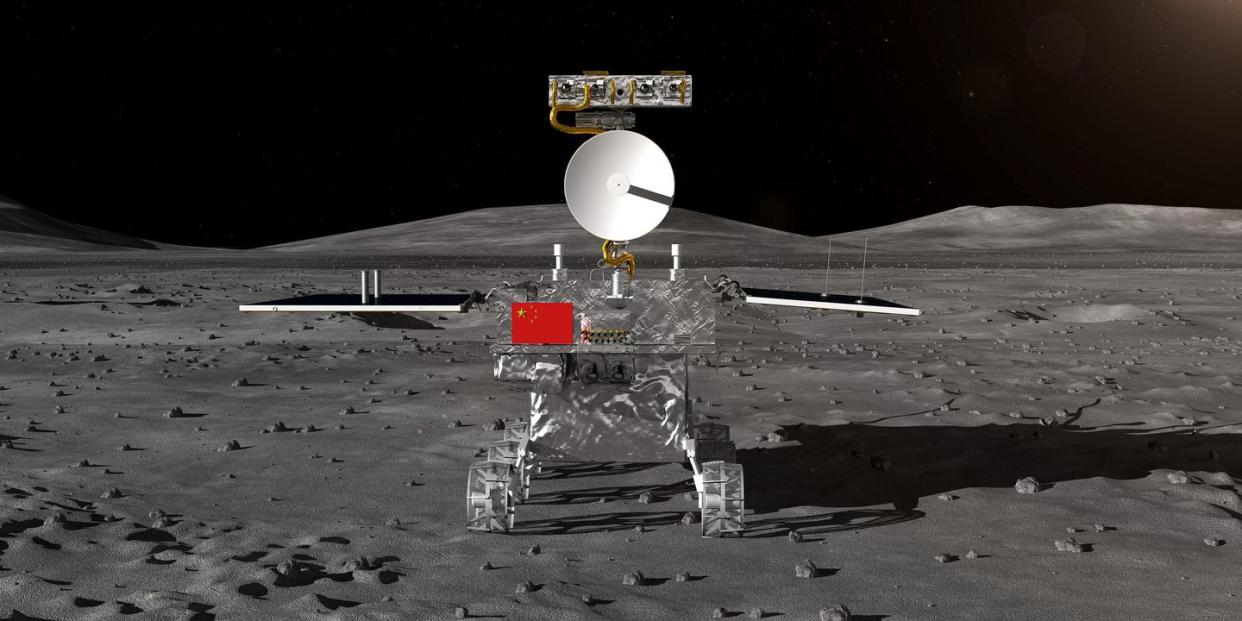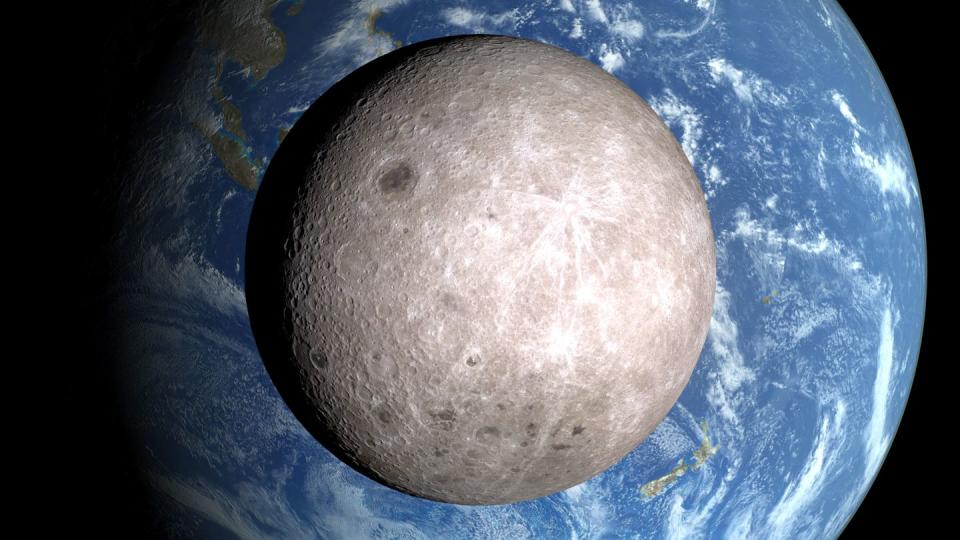China's Rover Is on Its Way to the Far Side of the Moon

We’ve landed more than a dozen people on the moon, sent countless rovers and orbiters to survey it, yet a full half of our closest solar system neighbor remains mostly unexplored. The far side of the moon is so intriguing that China is sending a rover just to explore it, and that spacecraft just started on the first leg of its long journey.
China’s Chang’e-4 spacecraft has been in development for years, and on Saturday it finally launched into space. The spacecraft will be only the second Chinese spacecraft to land on the moon, after Chang’e-3 landed in 2013. Chang’e-3 landed on the moon’s near side, however, which makes Chang’e-4 a very ambitious jump. If successful, it will become the first spacecraft ever to land on the far side of the moon.
Landing on the moon’s far side isn’t as simple as just pointing the spacecraft down when it’s in orbit. On top of the difficulty of a normal landing, a far-side mission presents one additional challenge: the spacecraft can’t communicate with anyone on Earth once it’s hidden behind the moon. To get around that problem, China’s space agency had to launch a relay satellite back in May.

Chang’e-4 will touch down-probably some time in early January-in the Von Kármán crater in the moon’s southern hemisphere. That crater is part of the larger South Pole–Aitken basin, which is one of the largest and oldest craters in the solar system. With this mission, scientists will finally be able to get a good, up-close look at that region and learn more about the history of our solar system.
The Chang’e-4 spacecraft contains both a mobile rover and a stationary lander, both equipped with a wide range of scientific instruments. The small rover will have a camera and some tools for analyzing surface materials, while the larger lander will have similar instruments plus a radiation-measuring device. Scientists plan to collect radiation data in anticipation of a possible human return to the moon.
Source: Nature
('You Might Also Like',)

